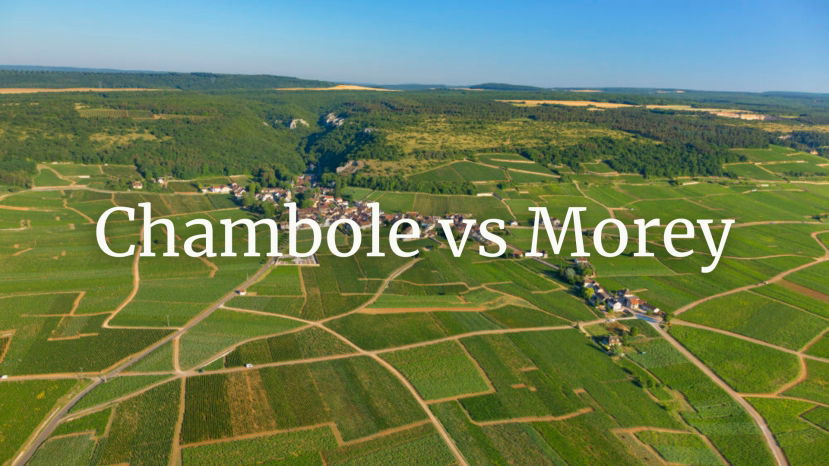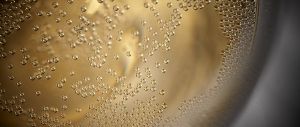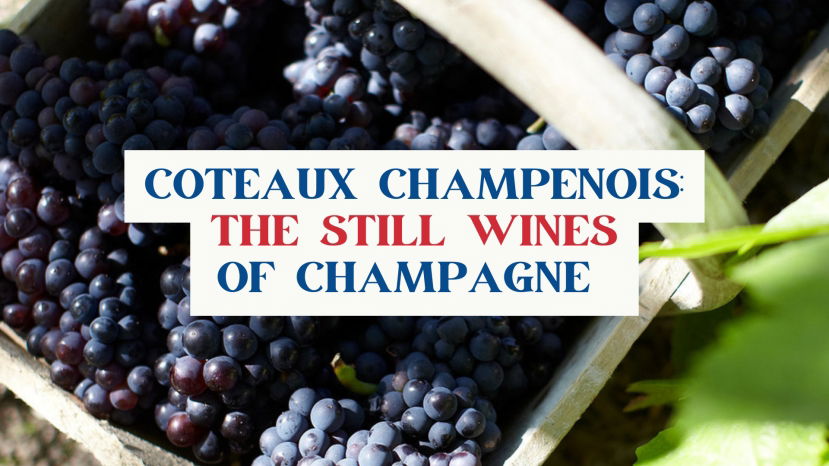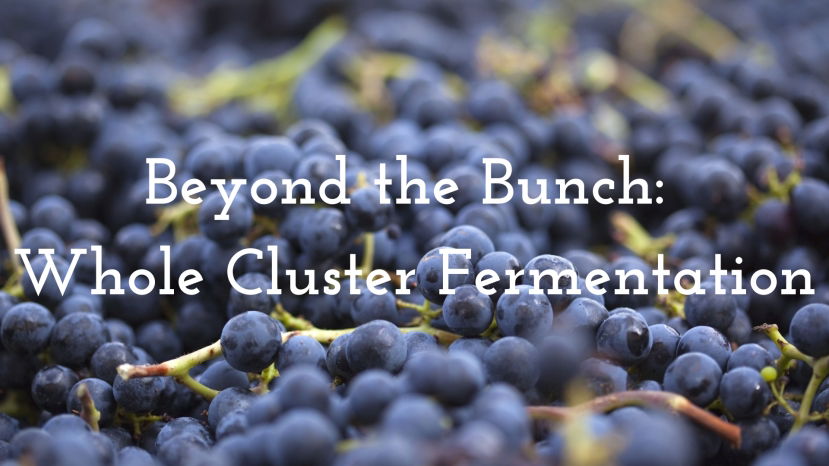BLOG
Pinot Noir
Master sommelier and Loire valley native, Pascaline Lepeltier, has been working with key Loire producers over the past months in preparation for the October 2017 Loire Wine Study Trip.
Take a look at her notes on this carefully curated list of both iconic and rising star estates/producers in the Loire Valley
An interesting read to get you re-acquainted with some of the more historically famed estates as well as introduce you to some of the new generation vintners who are pushing boundaries and defining the region’s vinous future…
Summary:
Bourgogne is a region full of contrast. Many villages produce wines completely different neighbouring villages due to differences in geology, exposition and microclimate. There are many examples to be found – Puligny-Montrachet/Meursault & Volnay/Pommard are great examples. In the Côte de Nuits, the great communes of Chambolle-Musigny & Morey-St-Denis are another example of this fascinating contrast.
A BIT OF WINE CHEMISTRY: Lessons from Champagne
Day one of the Champagne study trip initiated a discussion which continued throughout the week of factors impacting aromas and flavors in champagne. Broadly, aromas can be categorized into the impacts of grape variety, terroir, vinification, and post-production events (influencing individual bottles versus entire “batches”).
This article will focus upon the biochemistry of sulfur, nitrogen, oxygen, and sugars in an acidic environment (esters arising from acidification of alcohol); the intent is not intended to be comprehensive. For purposes of this essay, the use of the word aroma will include the complex notes of aging characterized as “bouquet.”
“Although many efforts have been made to characterize the quality and flavor of the compounds in wine… tasting remains the single universal test used… This is because the taste of a molecule, or blend of molecules, is constructed within the brain of a taster.” F. Brochet and D. Dubourdieu, 2001
Summary:
The eyes of the Champenois are turning increasingly towards their Burgundian neighbors. As a result of the increase in focus on terroir winemaking and rise of new-wave grower champagnes, still wine making is on the rise. Climate change is contributing, and especially the 2018-2020 trilogy of warm vintages has ignited excitement amongst both growers and houses. Master of Wine Essi Avellan gives an introduction to the still wines of Champagne. In
Summary:
Whole cluster (or whole bunch) fermentation is the winemaking method of using whole grape clusters without destemming during vinification. It is one of the oldest winemaking methods though the introduction of modern destemming machines after World War II shifted winemaking, eliminating much of its use. However over the last 20 years, it has been making a comeback in Burgundy and beyond,




